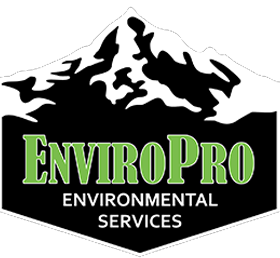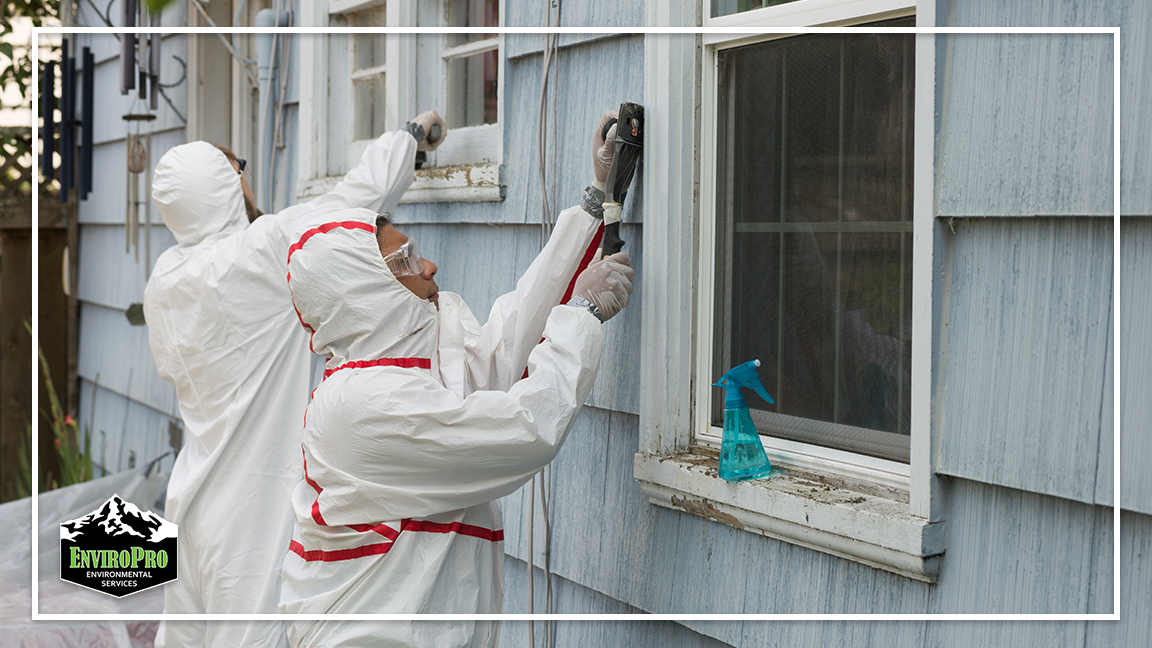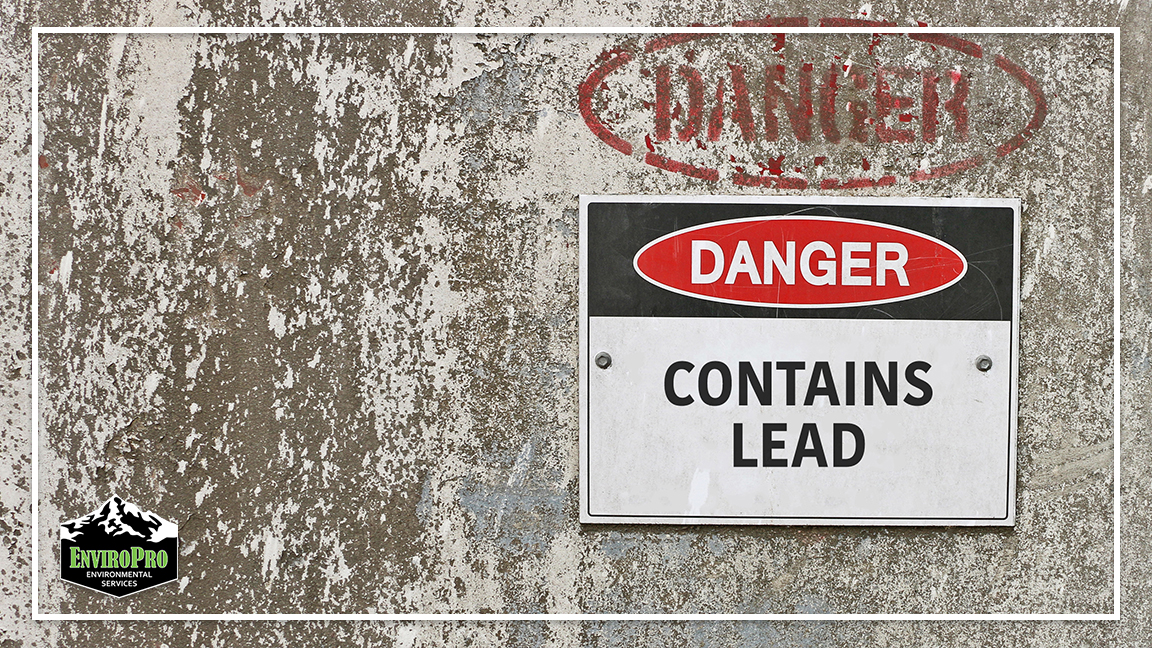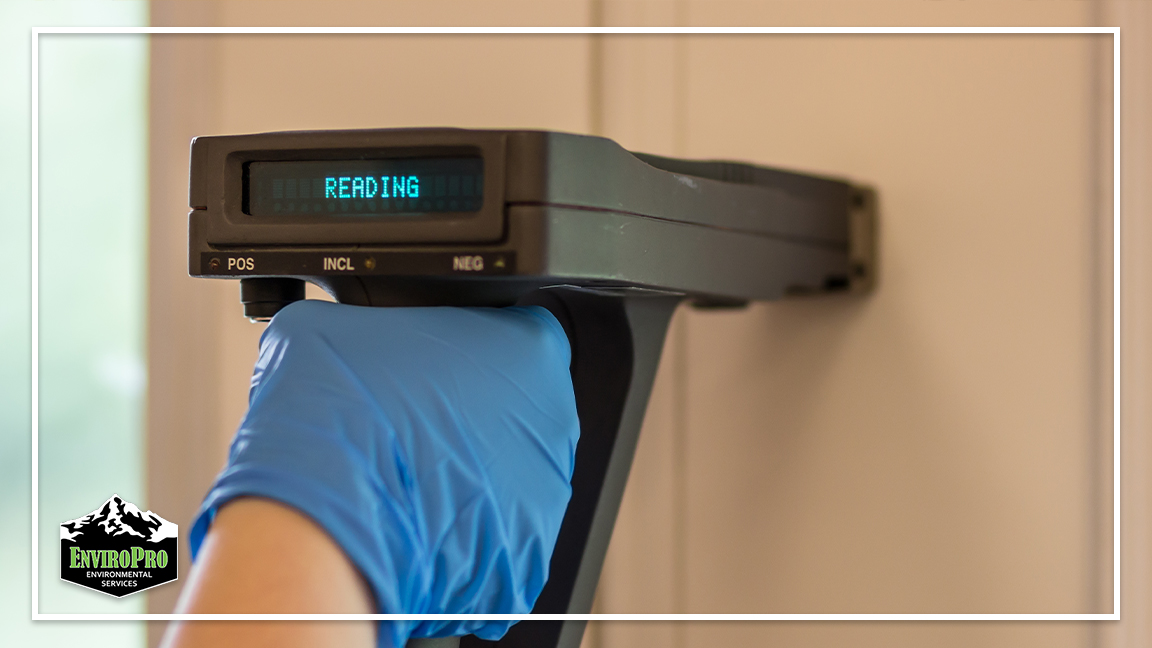
What Is Lead Paint?
Lead paint is a type of paint that contains high levels of lead, a toxic metal. It was commonly used in homes, buildings, and various consumer products before its health hazards were widely recognized. The danger lies in lead’s ability to disintegrate into dust or fumes, which can be inhaled or ingested, leading to severe health issues, especially in young children and pregnant women. Exposure to lead paint can cause neurological and developmental problems, such as learning disabilities, lower IQ, and behavioral issues. Due to its harmful effects, the use of lead paint has been banned or restricted in many countries, and efforts have been made to identify and safely remove it from older structures to protect public health.





What Are The Dangers of Lead Paint?
Lead paint is a serious health hazard, particularly for children, who are more susceptible to its effects than adults. When lead paint deteriorates or is disturbed, it can release lead dust and chips into the air, which can be ingested or inhaled.
Lead is a toxic substance that can cause a range of health problems, including:
Pregnant women who are exposed to lead paint are also at risk of premature birth and delivering low birth weight babies.
The dangers of lead paint are especially concerning in older homes and buildings, where lead-based paint was commonly used prior to the 1970s. If you suspect that your home may contain lead paint, it’s important to have it inspected by a qualified professional and to take appropriate abatement measures if necessary.
What Is Lead Paint Abatement?
The process of safely removing or reducing lead-based paint hazards in homes, buildings, or other structures to prevent lead exposure and its associated health risks is our top priority. At EnviroPro the process of lead paint abatement involves several steps, including:
- Inspection and assessment: A qualified inspector will assess the extent of the contamination and develop an abatement plan that outlines the necessary steps to safely remove or contain the hazardous material.
- Preparation: The work area is sealed off with barriers and negative pressure ventilation systems to prevent the spread of contaminants. Workers don personal protective equipment (PPE) and set up equipment for the removal or encapsulation process.
- Removal or encapsulation: Depending on the type and extent of contamination, the hazardous material is either removed from the building or encapsulated using special materials to prevent the release of fibers or particles.
- Cleanup and clearance: After the hazardous material has been removed or encapsulated, the work area is thoroughly cleaned and inspected to ensure that all contaminants have been removed. Air samples are taken to confirm that the air quality is safe for re-occupancy.
- Disposal: The hazardous material is properly disposed of according to local, state, and federal regulations.
The abatement process must be conducted by trained and certified professionals to ensure the safety of workers and building occupants.
When Should You Test or Worry About Lead Paint
If your home or building was constructed before the 1980s, there is a chance that it contains asbestos or lead-based paint. However, not all older homes or buildings necessarily contain these hazardous materials, and not all asbestos or lead-based paint poses an immediate danger.
As a general rule, you should have your home or building tested for asbestos or lead if:
Remodel or Rennovation
You are planning to remodel or renovate and suspect that the materials being disturbed may contain asbestos or lead-based paint.
Material Deterioration
You notice damage or deterioration to materials that may contain asbestos or lead-based paint, such as insulation, flooring, or paint.
Concerns Of Exposure
You are concerned about potential exposure to asbestos or lead due to other factors, such as living near a hazardous waste site or working in a job that may involve exposure to these substances.
It’s important to note that exposure to asbestos or lead does not always result in immediate health effects. In many cases, health problems may not manifest until years or even decades after exposure. Therefore, if you suspect that you may have been exposed to asbestos or lead, it’s important to seek medical attention and to take appropriate abatement measures to minimize your risk of future exposure.

Does EnviroPro Test for Lead Paint?
At EnviroPro, we strictly adhere to all legal and ethical regulations governing the abatement industry. Therefore, we do not provide testing services for the presence of hazardous materials such as asbestos or lead in properties that we are also contracted to abate or remediate.
However, we recognize the importance of accurate testing to ensure the safety of building occupants and the environment. As such, we are happy to provide recommendations for qualified and accredited local testing facilities that can accurately test for the presence of hazardous materials in your property.
We take our responsibility to provide safe and effective abatement services seriously, and believe that accurate testing is a crucial first step in the process. Contact us today to learn more about our commitment to safe and ethical practices in the abatement industry.
